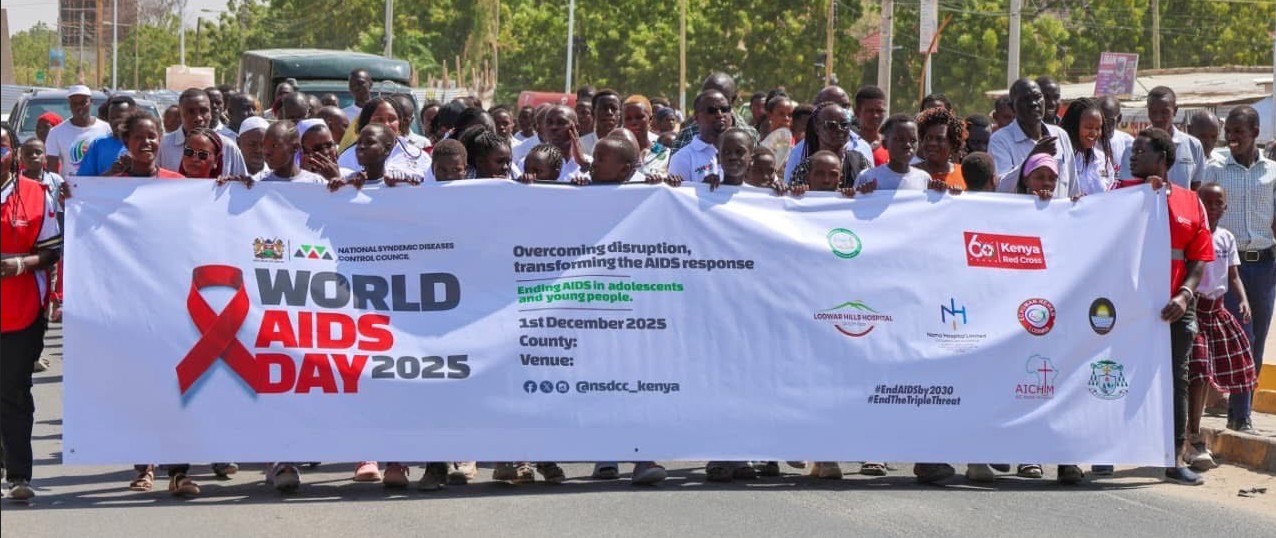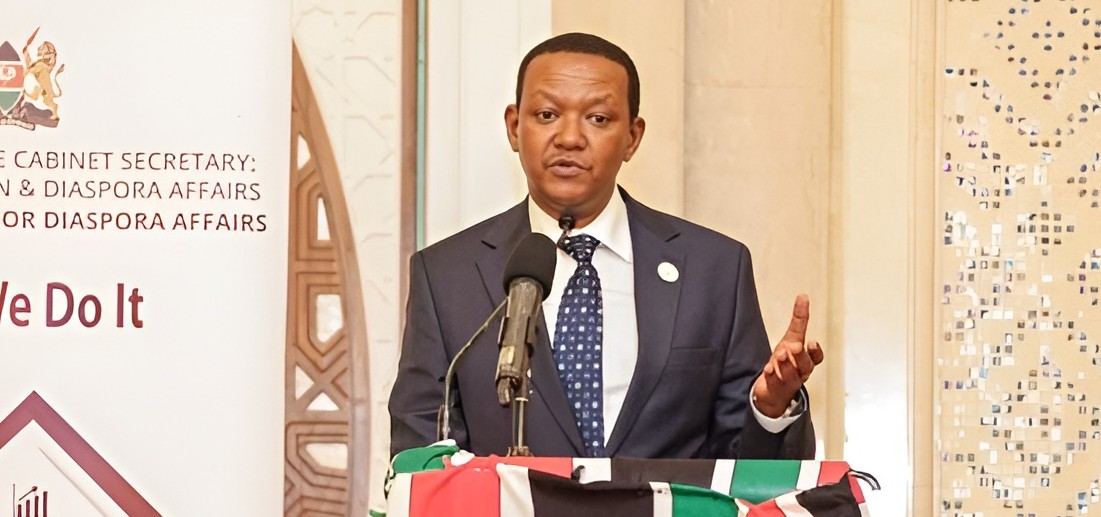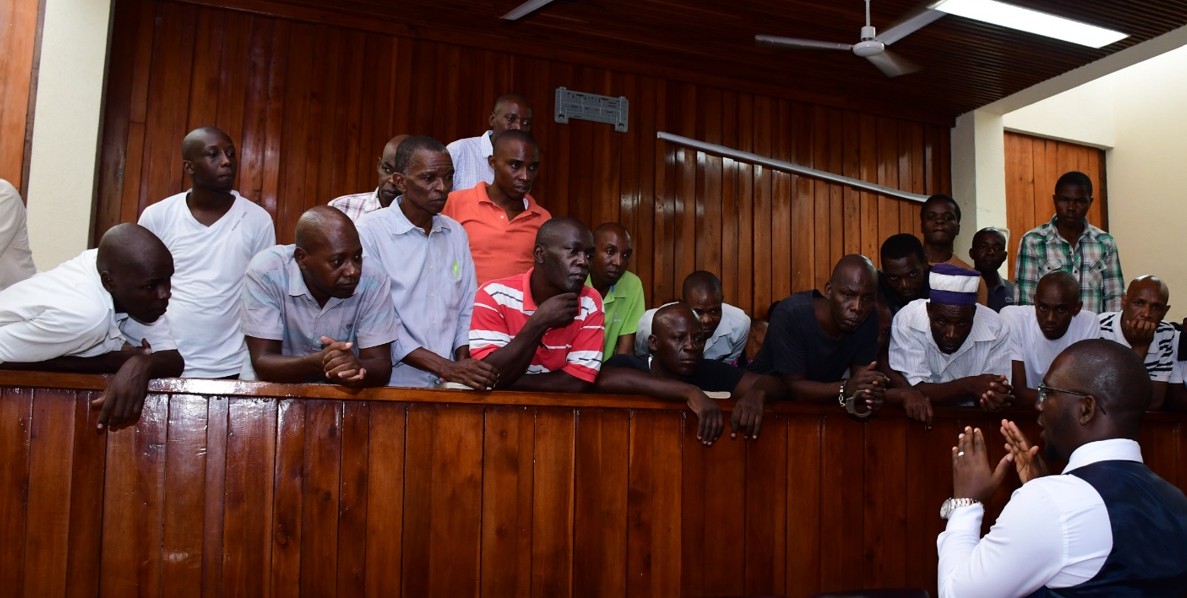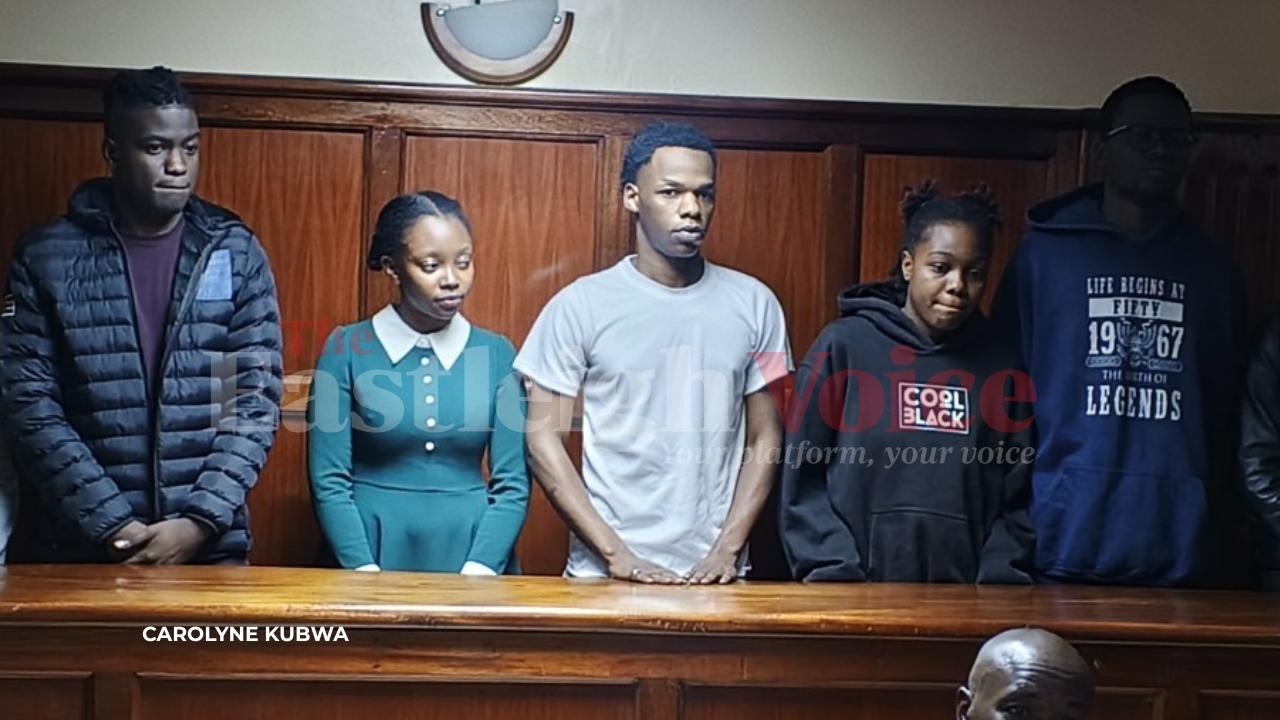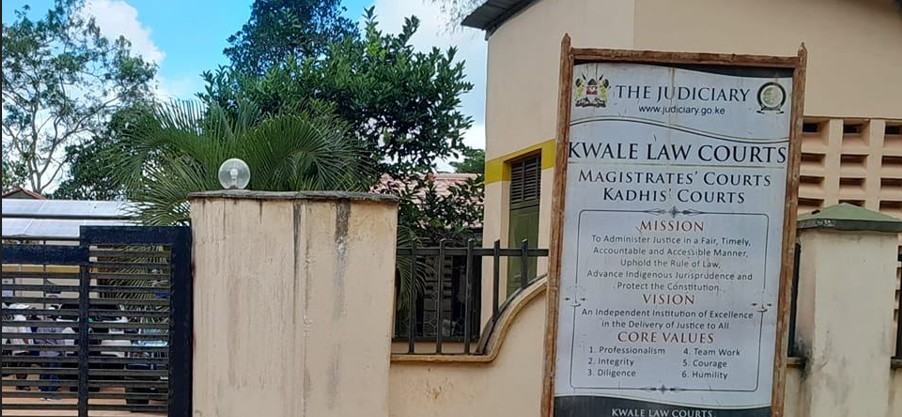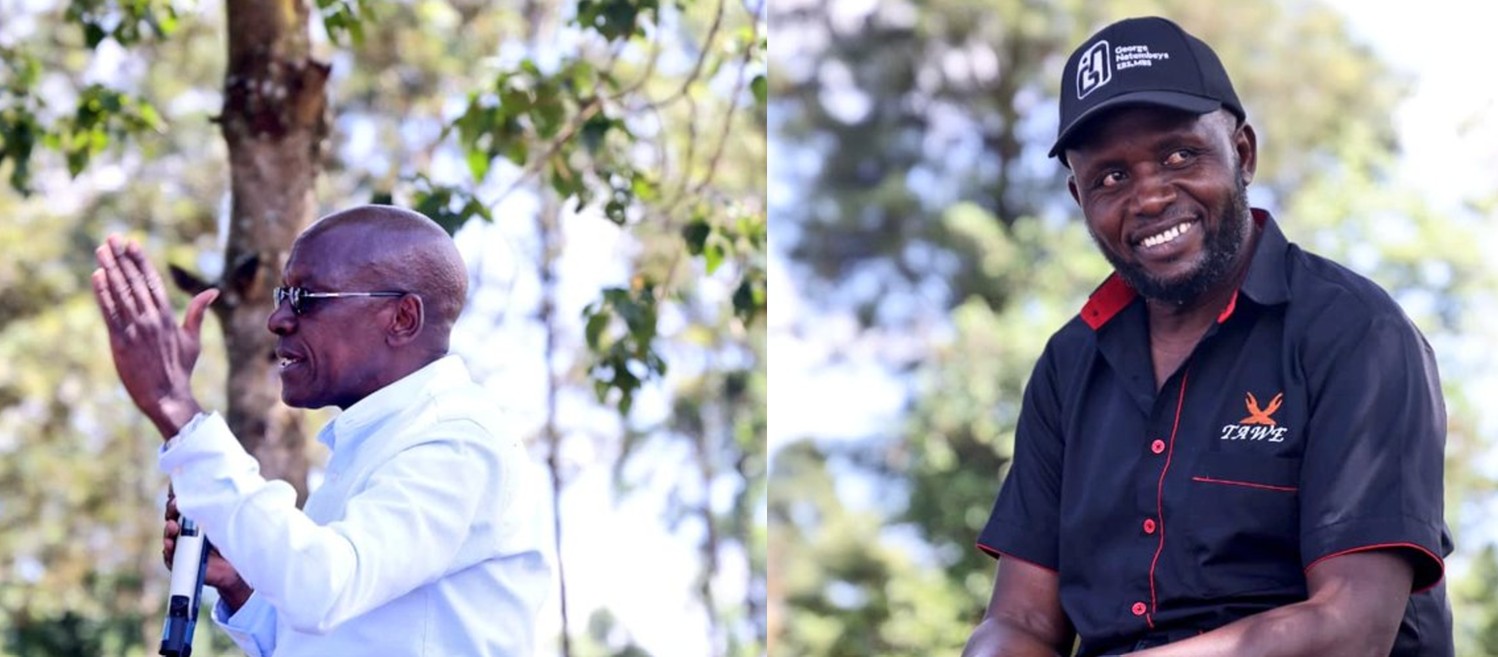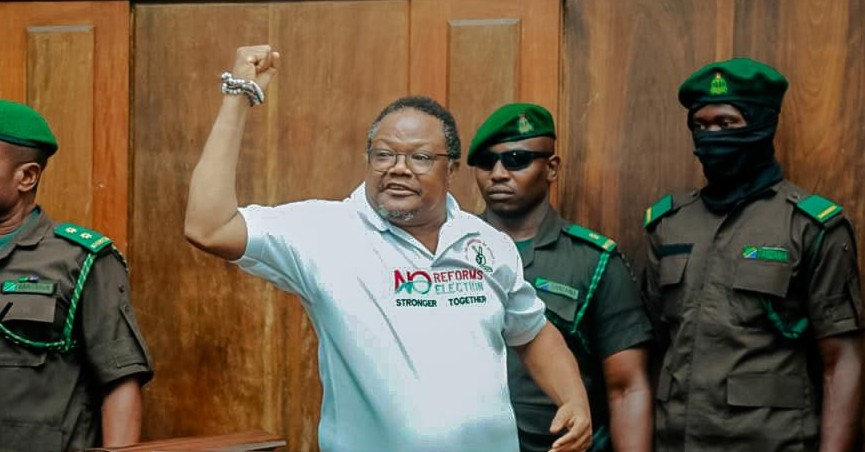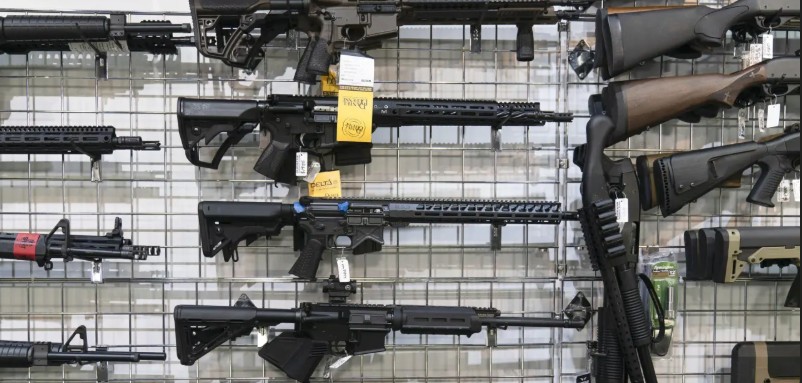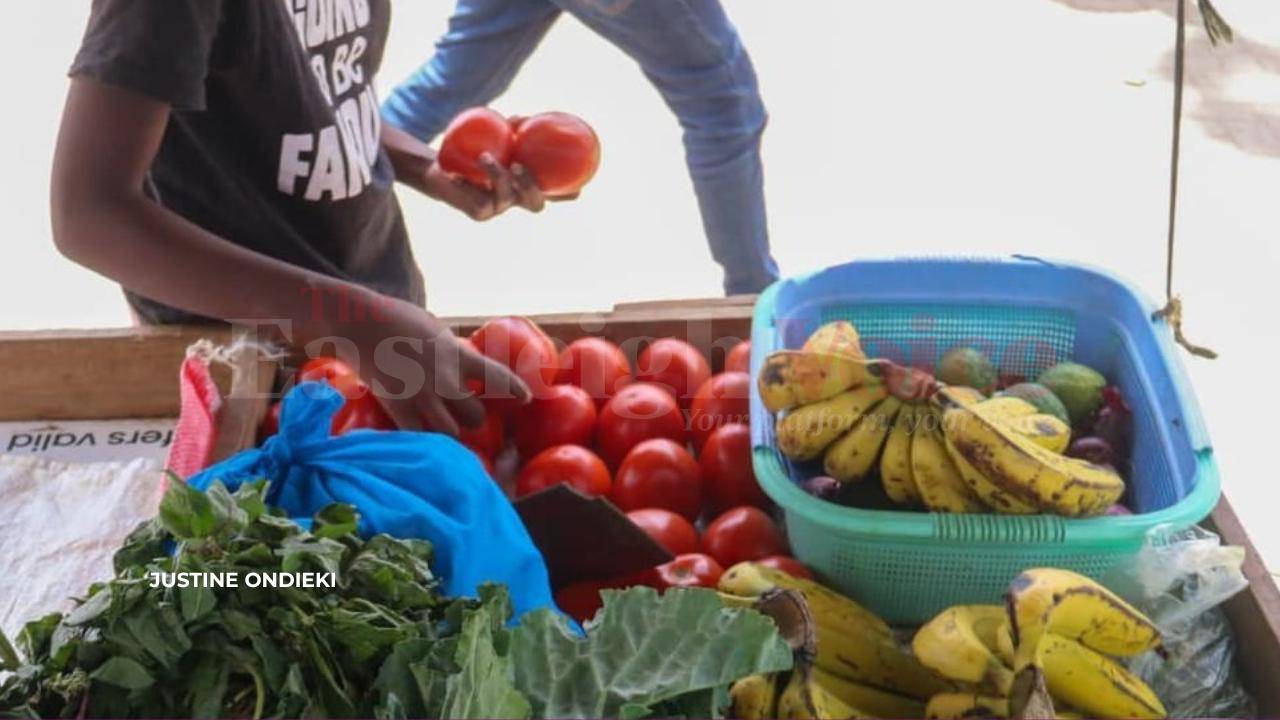Wagalla Massacre: A cry for justice and accountability After 40 Years
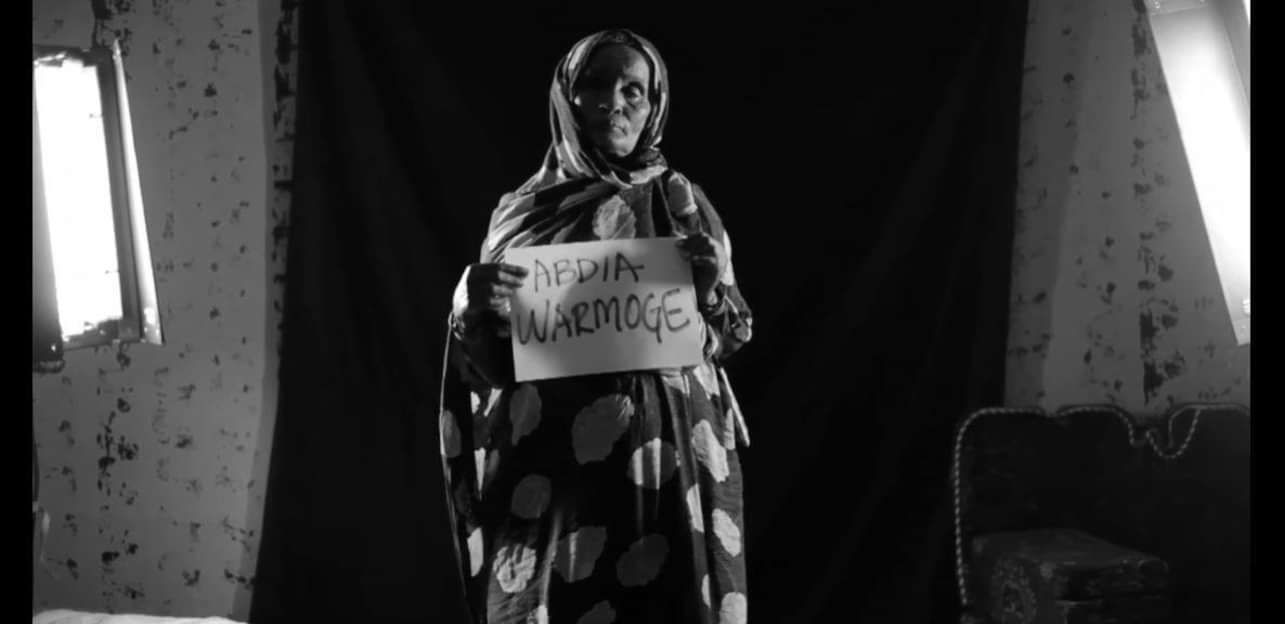
The Wagalla Massacre is still a difficult chapter because it represents a serious violation of human rights committed by the independent Kenyan state against its citizens.
The Wagalla Massacre, also known as the Wagalla Airstrip Massacre, unfolded on February 10, 1984, as the Kenyan state military executed a tragic operation resulting in the deaths of thousands of unarmed and defenceless civilians in the Wajir District of northeastern Kenya.
Renowned academic and activist, professor Abdiwahab Sheikh Abdisamad, described the Wagalla Massacre, marking the 40th anniversary of the Wagalla, as one of the darkest moments in the history of the Kenyan-Somali community.
More To Read
- Wajir West MP criticises government for excluding Wagalla Massacre victims from compensation plan
- Wagalla Massacre at 41: Calls for justice still echo decades later
- Wagalla Massacre 40th Anniversary: Survivors demand justice and healing
- Wagalla Massacre: Advocates call for implementation of TJRC recommendations
- Wagalla Massacre: Remembering Sister Annalena Tonelli
The Wagalla Massacre is still a difficult chapter because it represents a serious violation of human rights committed by the independent Kenyan state against its citizens.
Under the pretext of a security operation to eliminate alleged rebels and bandits, reality revealed a much darker side, escalating into a brutal manifestation of violence and human rights abuses.
Reports indicate that thousands of men were rounded up and subjected to torture, sexual assault, and extrajudicial killings. While the exact number of casualties remains uncertain, it is widely acknowledged that thousands of innocent civilians lost their lives.
Abdiwahab said the atrocities committed during the massacre revealed that victims were not only killed but also subjected to torture and execution while authorities looked the other way.
Tragically, many bodies remain unaccounted for, adding to the enduring pain and uncertainty.
Abdiwahab, speaking from personal experience, revealed that his family members were among those who lost their lives in the Wagalla Massacre.
He conveyed a heartfelt message of solidarity with survivors and the families of the victims, stressing that justice and redress have been delayed for far too long.
He has called upon the Kenyan government to acknowledge its responsibility for the Wagalla Massacre, officially apologize for the atrocities, and provide just reparations to compensate for the damages incurred.
"We demand that the truth be revealed, the remaining perpetrators be held accountable, and the victims be honoured. We hope that the lessons be learned, the wounds be healed, and the peace be restored," stated Abdiwahab.
The survivors of the Wagalla Massacre endured unimaginable suffering and trauma, and the scars persist in the affected communities to this day.
Despite calls for justice and accountability, the perpetrators of the massacre remain unpunished, leaving a profound wound in the collective memory of the Kenyan people.
Survivors
Salad Abdi, author of "Blood on the Runway," published in 2007, made the startling revelation that the Wagalla massacre was planned at the highest levels of the Kenyan state.
He revealed that senior National Security Committee members, including the Minister of State in the Office of the President for National Security and the Permanent Secretary in the Office of the President, attended a meeting at Harambee House where they discussed the planning of the security operation in Wajir that resulted in the Wagalla Massacre. The Vice President served as the meeting's chair.
The meeting was prompted by perceived threats to national security attributed to a ‘rebel clan’ within the Somali community.
The plan detailed in the book involved the gathering of all male members of the Degodia clan under suspicion and their forceful disarmament. The committee deliberated extensively, ultimately deciding that the use of force was the most appropriate course of action.
The chilling details reveal that the resolutions were documented and signed by all participants, and copies were distributed to the Vice President and the Minister in Charge of National Security.
The film "Scarred: The Anatomy of a Massacre," directed by Judy Kibinge, founder of the East African Documentary Film Fund, stands as a pioneering independent visual exploration chronicling the tragic history of the Wagalla Massacre.
The documentary takes a unique approach by presenting perspectives from both the victims and survivors, encompassing individuals who held positions within the government at the time.
Judy Kibinge's directorial work serves as a crucial contribution to the understanding of the Wagalla Massacre, shedding light on a dark chapter in Kenyan history.
By providing a platform for the voices of those directly impacted, including government officials who lived through the harrowing events, "Scarred" offers a comprehensive narrative that invites reflection and encourages a deeper examination of the complexities surrounding this historical tragedy.
TJRC report
The Truth, Justice and Reconciliation Commission (TJRC) reports, that the atrocities were visited upon them by their government.
The families still await the implementation of the recommendations made in this report.
Fourteen kilometres from Wajir town is the location of the bloodbath and the state-sanction operation.
“I remember officers who had introduced themselves as security officers from Garissa starting to address us, saying they suspected we possessed illegal guns. The military unleashed their full force upon us. We were forced to lie on the hot ground facing down while the commanding officer enjoyed torturing us while drinking a cold beer served from a cool box,” Ali Noor, a survivor of the massacre, remembers.
In an operation to mop up illegal guns after the government issued an ultimatum to the Degodia and Ajuran to surrender their weapons, heavily armed security officers shot dead unarmed civilians at the Wagalla Airstrip.
Security forces rounded up and detained Degodia men and boys at the airstrip under the scorching sun, depriving them of drinking water and food and subjecting them to torture.
“I remember a young camel herder who tried to escape from the detention. One officer shot him dead. I could hear one officer saying, Hiyo ni nyama ya fisi (he is a feast for the hyena). He was the first person to die in the Wagalla Massacre. Ali Noor remembered
What events occurred at the Wagalla Airstrip on February 14 that resulted in a stampede and arbitrary shooting, leading to the tragic deaths of thousands of civilians at the hands of their own government?
The women from the villages went in search of their men after hours of detention.
“The police had raided our villages by afternoon in search of our men. They started burning our houses. They didn’t care if there was a baby in the house. They were burned to death,” Zainab Hussein remembers.
“When we went in search of our husbands, carrying water for them and tea and milk in the wilderness, we were again confronted by the officers. I escaped, but three officers ran after me. One of the officers forcefully pushed me to the ground and sexually assaulted me. I have marks of the injuries incurred. Perpetrators raped women ranging from 10-year-old girls to elderly women. Some women experienced miscarriages immediately after the rape. They didn’t spare pregnant women. Those who resisted had their limbs broken, stubbed by a knife, or hit by a gun,” Zainab Hussein said.
The wails from the women and their demand to have their men released led to a stampede, a panic by the security officers, and an arbitrary shooting.
Ahmed Boray Arale lost his father a few days after the Wagalla massacre. His father, Arale, was among the ten victims rescued by his Italian Catholic sister, Annalenna Tonelli.
“He had been found among the bodies left for dead at the airstrip and rescued by Sister Annalena, who took him to her rehabilitation centre on the outskirts of Wajir town for treatment,” Ahmed told the EV in an interview.
"No apology"
Ahmed told the Eastleigh Voice that the Kenyan government is yet to issue an official apology to the victims of the Wagalla massacre or compensate the victims.
Abdihakeem Jabarti, an artist who recently released a song in commemoration of the massacre, told the EV that the pursuit of justice remains elusive for the victims.
“Forty years have passed, and no justice has been served for the victims. I grew up with the victims of the massacre in Wajir. Somalis are an oral community, so I use the power of songs and poetry to send the message out there. In my song, I call for justice for the victims and also educate the bigger Somali community in Kenya and as far as Somalia, North America, and Europe of the atrocities meted out by their brothers and sisters in Wajir, Kenya, in 1984,” Abdihakeem told the EV.
“There was talk of compensation, but as a family, we have yet to receive any form of compensation for the death of my father. We remain neglected,” Abdi Billow told EA in an interview.
Witnesses informed the Truth and Justice Commission, established in 2008, that the Moi government, which had clung to the figure of 57 dead for decades, was responsible for the deaths of at least 5000 people.
In 2000, President William Ruto, then an assistant minister in the Office of the President, informed Parliament that 380 people had been killed, finally acknowledging the wrongdoing by the Kenyan government.
Senior government officials who served under President Daniel Arap Moi in the 1980s could face justice, but none has to date.
“Sometimes what you do for others comes back to you. The CID boss, who was in charge one day, just locked himself up in his office, loaded his gun, and shot himself dead. His actions haunted him. Others died mysteriously,” former special branch officer Joseph Lando Khwatenge recently said in an interview. He served during the Moi era.
The TJRC was formed to address historical injustices and gross violations of human rights by listening to and compiling a report of all atrocities committed by the Kenyan government in the past.
Sixteen years after the report, no implementation has taken place, not even a memorial erected in honour of the thousands dead.
Top Stories Today
